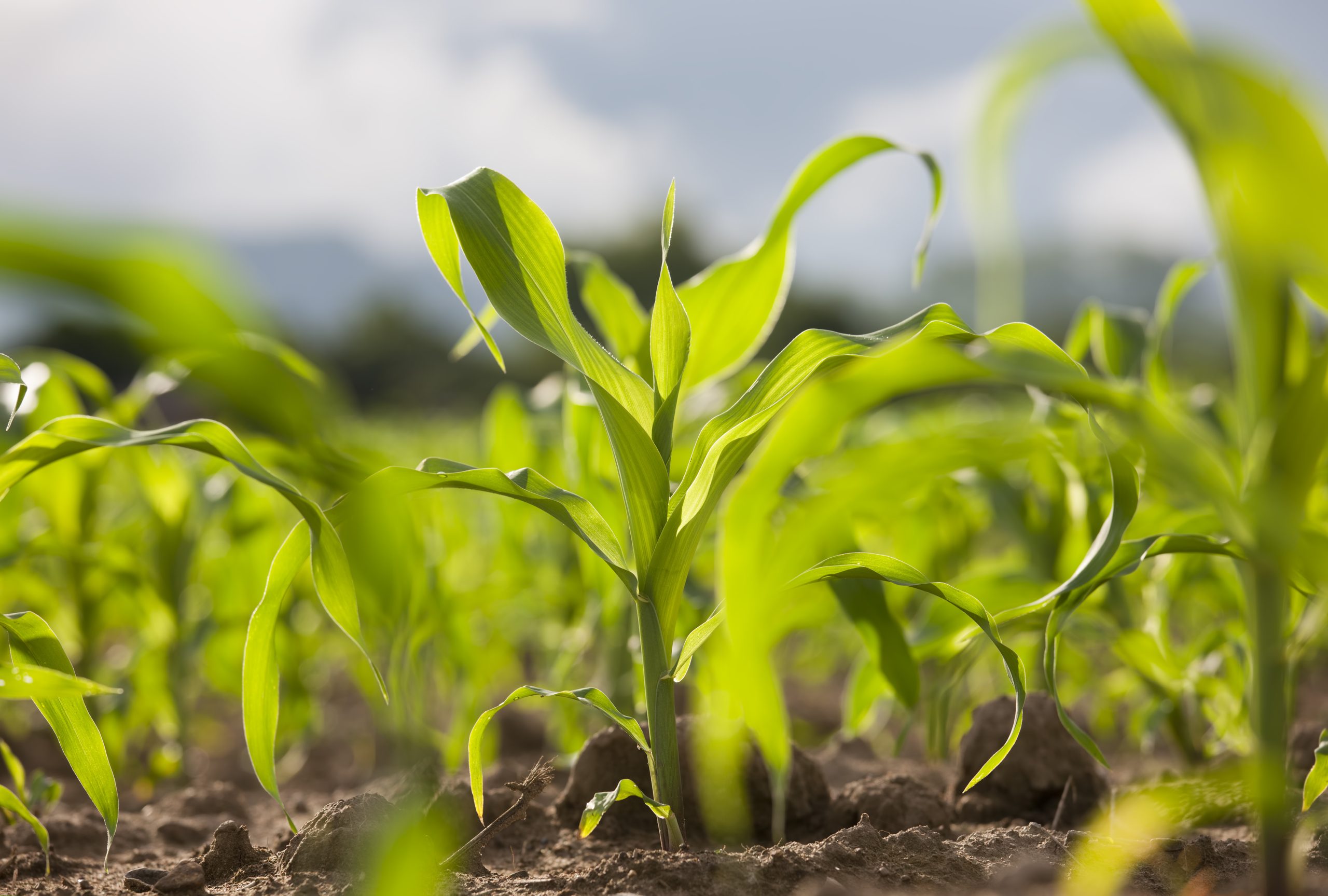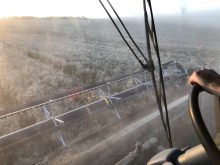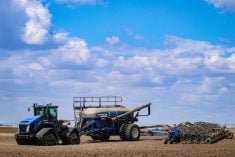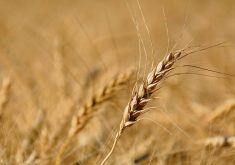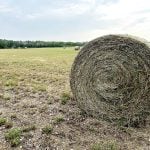CNS — Most of Saskatchewan’s crops were in good condition as of July 14, but many were also falling behind in development, according to the latest crop report from the Saskatchewan Ministry of Agriculture.
Though some farmers are still dealing with excess moisture and flooding problems, recent warm weather has helped many crops recover from the flooding stress.
As of July 14, winter wheat was 64 per cent in good to excellent condition across the province, with spring wheat at 76 per cent good to excellent. Oats were 66 per cent good to excellent, while 62 per cent of canola was rated good to excellent.
Read Also
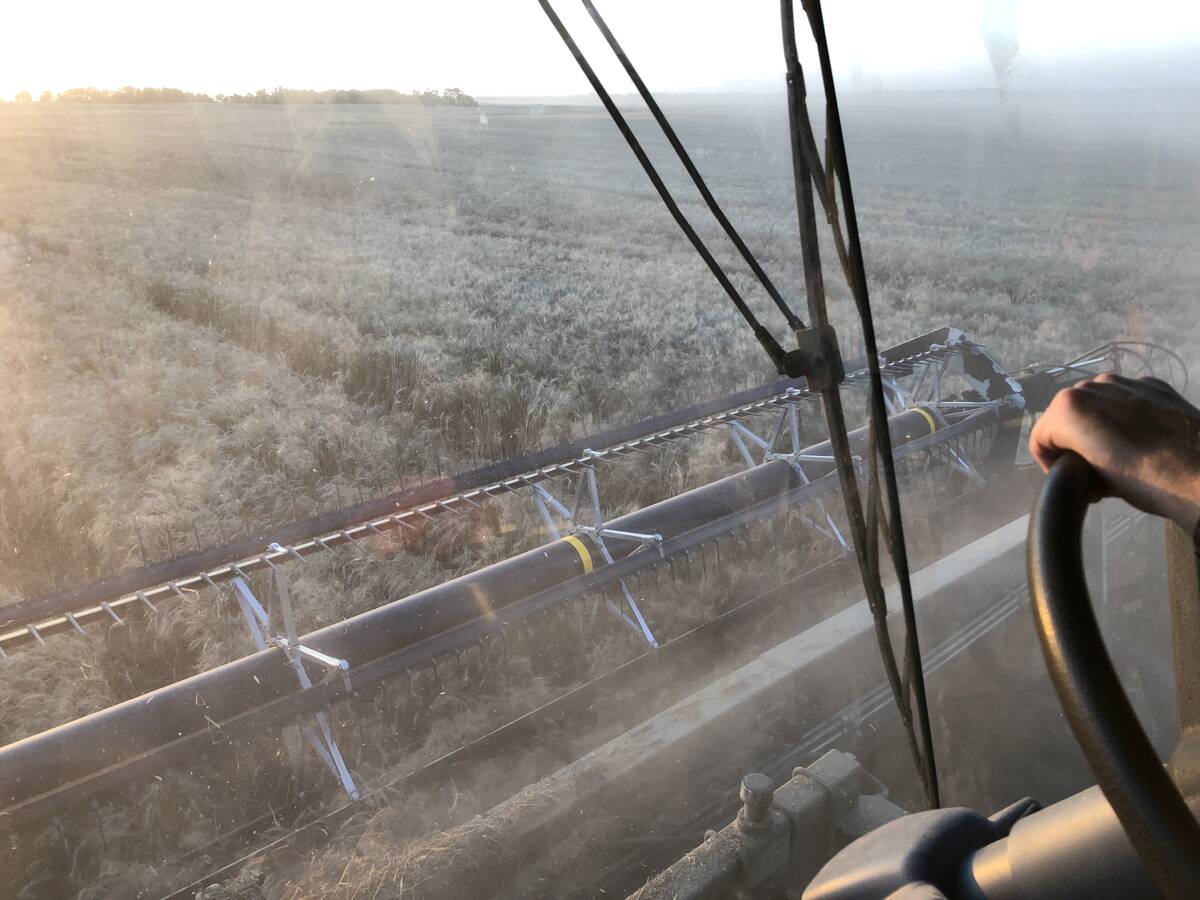
Mail strike disrupts grain sample delivery
The Canadian Grain Commission has asked farmers to consider delivering harvest samples directly to CGC offices, services centres or approved drop offs as Canada Post strike delays mail.
Across the province, 50 per cent of fall cereals were behind normal development, with 57 per cent of spring cereals, 61 per cent of oilseeds and 54 per cent of pulse crops also behind.
The crops were furthest behind in the southeast part of the province, where most of the flooding problems have occurred, the report shows. The most advanced crops were in southwest Saskatchewan.
Topsoil moisture conditions continue to improve across the province, as 17 per cent of the land had surplus moisture, 73 per cent adequate and 10 per cent short. Hay land and pasture topsoil moisture was rated as 13 per cent surplus, 74 per cent adequate, 11 per cent short and two per cent very short.
Crop damage reported was linked to localized flooding, hail and wind. Cutworms, wheat midge, grasshoppers and diseases such as leaf spots and root rots were also causing problems for Saskatchewan farmers, causing them to work on controlling diseases and insects.
Many producers were busy haying, with 25 per cent of the 2014 hay crop cut as of July 14, down slightly from 29 per cent cut in 2013. Of the hay cut, 15 per cent had been baled or put into silage.

